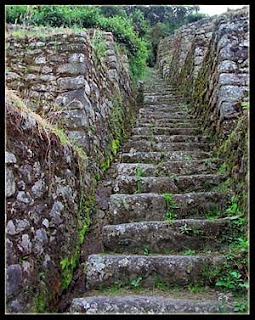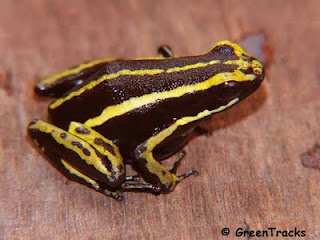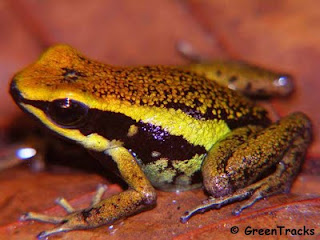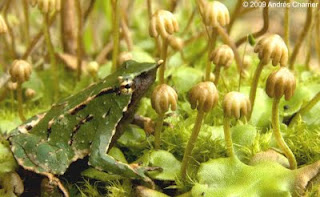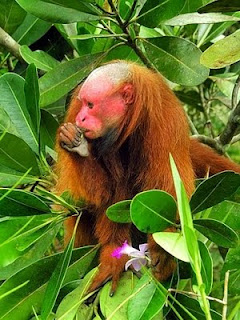by William W. Lamar
RUSTLERS
Part 1
 Crackling leaves underfoot kept me mindful of how rapidly the vast pluvial forests of the Amazon Basin shed moisture. Scarcely 12 hours had elapsed since the last downpour, a cataclysmic event that left the maloca (communal house) I was sharing with its Karapana Indian owners stranded in inky, roiling waters of the Tí river. Yet already the place seemed parched. Still sleepy, the forest was slowly coming to life as the sun's equatorial rays knifed through the canopy. Anticipating another day at the Greatest Show on Earth, I smiled.
Crackling leaves underfoot kept me mindful of how rapidly the vast pluvial forests of the Amazon Basin shed moisture. Scarcely 12 hours had elapsed since the last downpour, a cataclysmic event that left the maloca (communal house) I was sharing with its Karapana Indian owners stranded in inky, roiling waters of the Tí river. Yet already the place seemed parched. Still sleepy, the forest was slowly coming to life as the sun's equatorial rays knifed through the canopy. Anticipating another day at the Greatest Show on Earth, I smiled.Stopping in the damp flutter of swirling butterflies beside a stream, I waited for Luis, my hunting companion, and reflected on our morning strategy. I had come, by plane and five days' paddling, to this remote sector of Vaupés, Colombia, seeking an enigmatic creature then known from a mere handful of specimens: the Red Toad-headed Turtle, Phrynops rufipes. The Karapanas surprised me with the news that these denizens of forest creeks were stunned by barbasco (Lonchocarpus sp.), a plant toxin they used to kill fish for food.
Read more...

